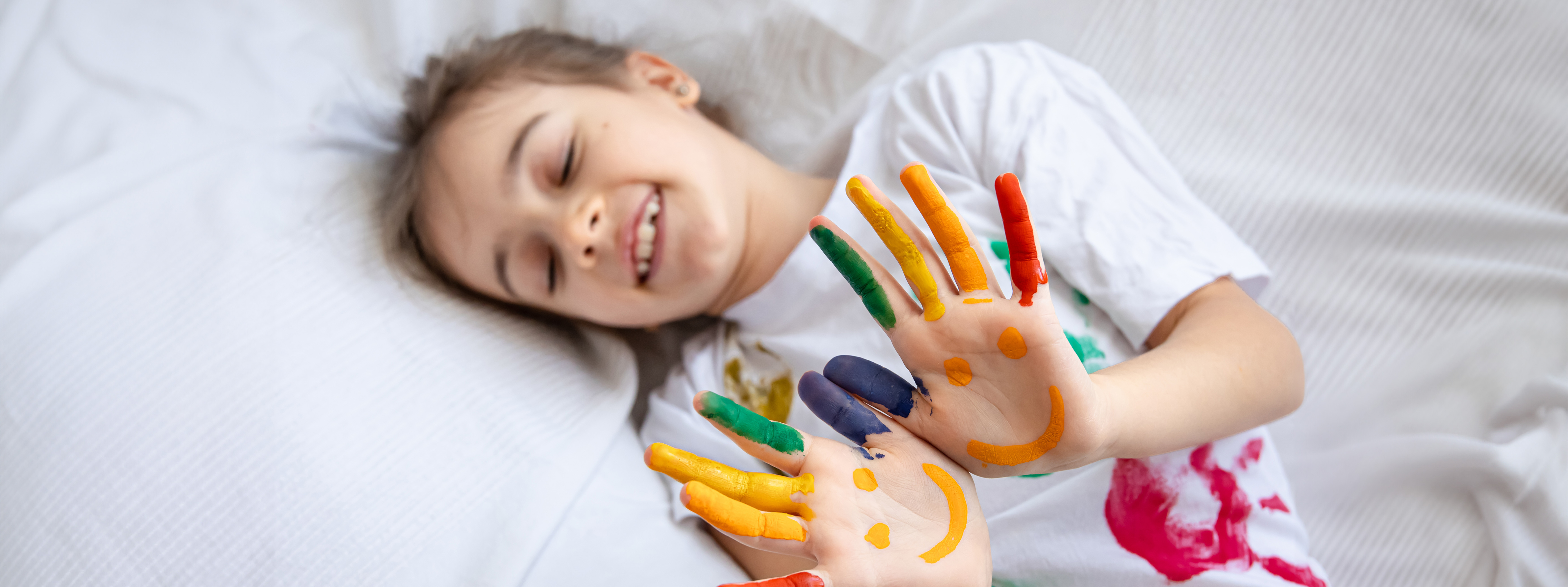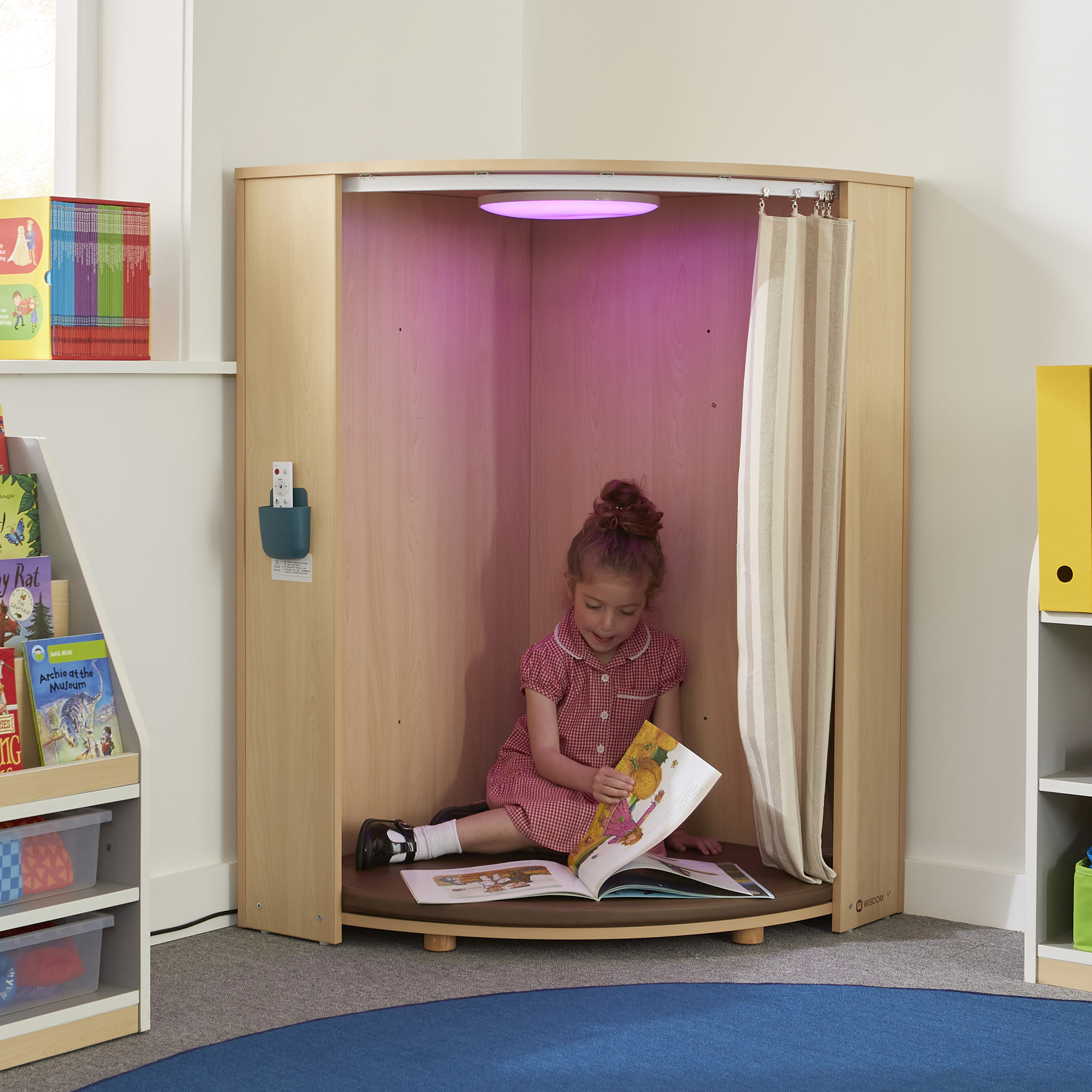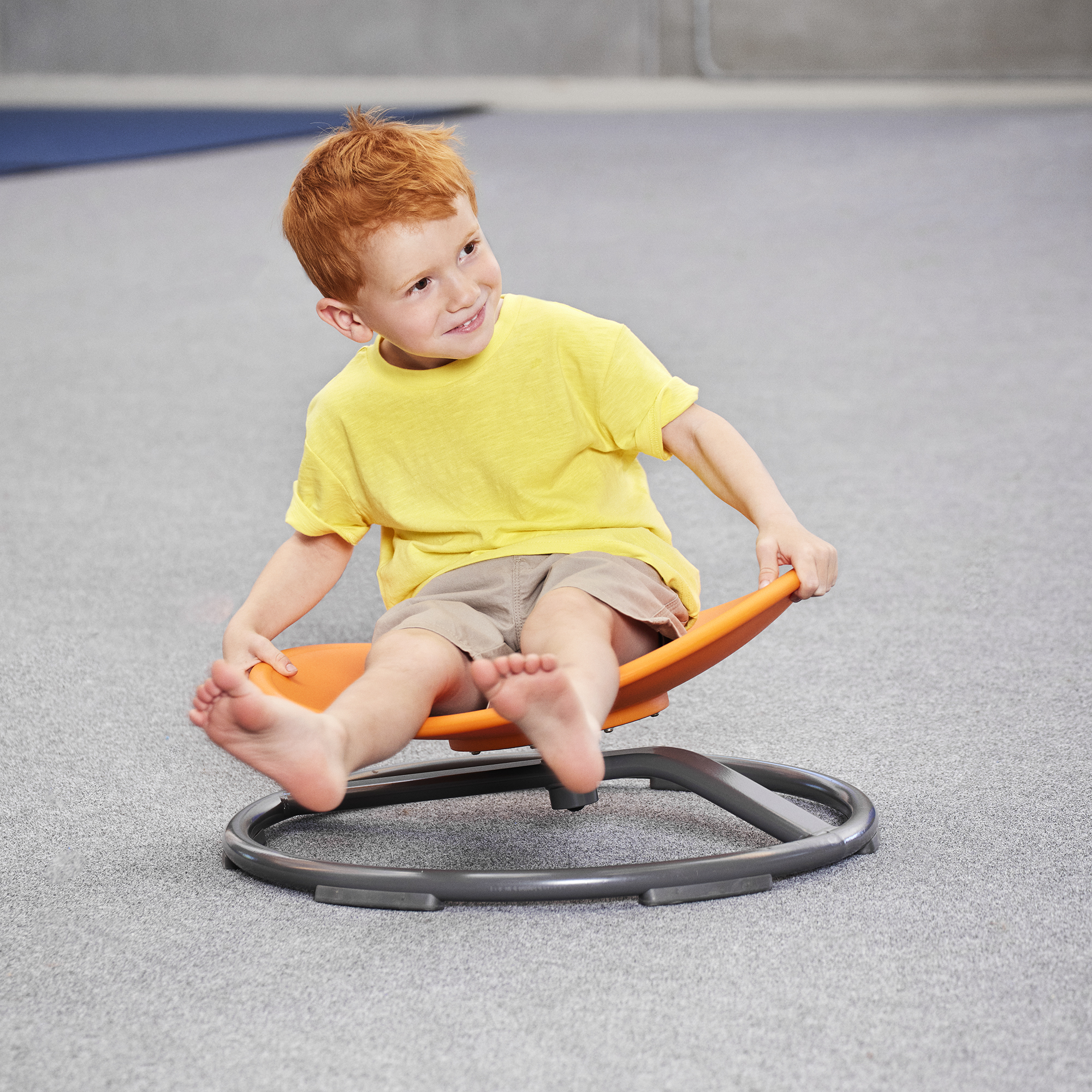Sensory products for young children on the autism spectrum28 March 2024 | Isabella Martins 
People on the autism spectrum often process sensory stimulation differently than others, which can be overwhelming and distressing to them. Many children with autism may be hypersensitive (over-responsive) or hyposensitive (under-responsive) to sensory stimulation such as touch, sound, sight, smell, and taste. These sensory differences can impact their behaviour, attention and ability to focus, and have social interactions. Sensory products can be a powerful tool to help these children navigate the environment around them and regulate their emotions. 1. Sensory Garden A garden can stimulate all senses and children with autism can benefit from this controlled stimulating environment. Herbs and perfumed flowers will stimulate their sense of smell. Experiment with different plants to achieve a variety of textures and stimulate the touch, succulents, ferns and velvety plants are great for that. Create a designated corner of edible plants and flowers, fruit bushes and vegetables for children to taste. A garden is naturally colourful and stimulating, so be careful when choosing your plants, introducing too many bright colours in one space can be overstimulating and stressful for some children on the spectrum. Another way to stimulate their sight is to add signs through out the garden, as non-verbal communication can be easier to autistic children to process. Lastly, to stimulate their hearing, you can introduce water features, wind chimes or even chose tall plants that will make interesting sounds when the wind blows, such as tall grass and bamboo.  2. Sensory Den Small spaces are more predictable and with fewer distractions. For hypersensitive autistic children, dens can be a space where they feel safe to calm down and “re-set”. You can add sensory objects that will help your child to regulate their mood, such as blankets and soft toys, lights or torches, and white noise machines. Our LED Corner Cabinet is a great option for the those looking for a sensory den. With cushioned seating and curtains, children will feel comfortable and safe. The adjustable LED light and speaker can be connected to a smart device to control lighting and play music of your choice, providing them a calming sensory experience. 3. Carousel  A spinning carousel is a great activity to stimulate children’s vestibular system, a sensory system that creates the sense of balance and spatial awareness, essential to moving our bodies and reflex response. It also develops their muscle integration and strength, as the child holds on while spinning and pushing themselves with their feet. Another benefit is its soothing effect as it gives children something to focus and deposit their energy at. Our Gonge Carousel is a best seller that went viral online for its popularity amongst children on the autism spectrum. Sensory products support the unique sensory needs of young children with autism. By incorporating these sensory experiences into their routine, parents, caregivers, and educators can help create a more supportive and inclusive environment for children with autism to thrive. It's essential to consult with occupational therapists or sensory integration specialists to determine which sensory products are most suitable for each child's specific needs. |